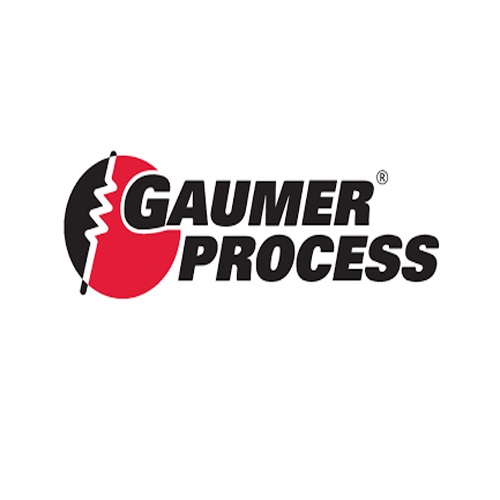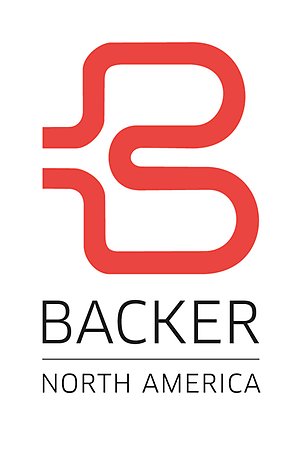- YOUR GLOBAL PARTNER FOR HEATING SOLUTIONS -
BACKER N.A. COMPANIES
.png)
BACKER HOTWATT
Backer Hotwatt has been an established leader in manufacturing resistance heating elements for over 65 years, With a product line including open coil, cartridge, air process, immersion, strip and finned strip, tubular and finned tubular, band, foil, flexible glasrope®, crankcase and ceramic heaters. They are a quality supplier to a variety of OEM's in the industrial, medical, commercial, packaging, Instrumentation, Aviation, transportation, refrigeration/air conditioning and Military fields. In addition, they can supply compatible accessory items, with the capability to offer a complete heater system. On December 1st, 2016, NIBE Industrier AB www.nibe.com acquired the operations of Hotwatt, Inc. of Danvers, Massachusetts, USA. The company’s operations became part of the NIBE Element North American business group. “The acquisition of Hotwatt adds another well-known brand to our North American Element business providing cost synergies and commercial advantages to the NIBE Group. Their market position and notable customer base will provide yet another platform for profitable growth,” says Gerteric Lindquist, President and CEO of NIBE Industrier AB. The Company will continue to run its operations and service its customers from Massachusetts under the name of Backer Hotwatt, Inc.Visit www.hotwatt.com for more information.

GAUMER PROCESS
Gaumer Process is a electric heater manufacturer leading the industry in engineering, design and manufacture of electric heaters, control panels, fuel gas conditioning, liquid fuel conditioning, pressure reduction, metering, pumping and other engineered systems. We provide economical customized solutions for upstream, midstream and downstream markets along with industrial, pulp/paper, marine, aeronautics and military, to name a few. Gaumer Process provides standard or custom engineered fuel gas conditioning systems to meet the most stringent fuel gas quality requirements of gas turbines, engines and compressors. We have a large inventory of heater elements, experienced engineering, procurement & project management teams, dedicated field service, start-up/commissioning assistance and 24/7 emergency support, ensures that the most aggressive delivery schedules are met with confidence. Visit www.gaumer.com for more information.

NIBE ELEMENT RAIL SOLUTIONS
We are Nibe Element Railway Solutions - North America. We work with and utilize NIBE European sister companies, such as SAN Electro Heat, to provide dependable and innovative heating technology and heating solutions to North America. Omni Controls Technology , out of Whitinsville - MA, provides final production and product support for infrastructure products as Heatron provides final production and product support for onboard systems.Nibe Rail Solutions, North America products include:Switch HeatingCatenary HeatingThird Rail Heating For more information please visit https://www.niberailsolutions.com
INDUSTRY SECTORS WE SERVE
You can find Backer solutions all around the world in applications such as irons, dishwashers, heat pumps, satellite dishes, power grids and trains.

INDUSTRIAL/PROJECTS

ENERGY/ENVIRONMENT
%20Logo_Advanced%20Technology.png)
ADVANCED TECHNOLOGY

SCIENTIFIC/MEDICAL

COMMERCIAL EQUIPMENT

HOME APPLIANCE

TRANSPORTATION

HVAC
YOU FIND BACKER SOLUTIONS EVERYDAY · EVERYWHERE
THE PREMIER PROVIDER OF HEATING SOLUTIONS
Find out how a young man from the little village of Flisa in Norway revolutionized the industry with his solid interest and skills in technology, true curiosity and a genuine entrepreneurial spirit. 70 years ago he founded and gave his name to the company we know today to be the premier provider of heating solutions in the world. Today, Christian Backer’s patented heating solution is perhaps more relevant than ever.
GET TO KNOW US
The modern day tubular heating element plays a vital part in several different applications everyday, everywhere. Already in 1921, our founder Christian Backer patented this technical innovation. Still today, heating experts around the world refer to the “Backer element” as industry standard. Backer is your premier solution provider for intelligent heating and control and we serve industries such as the Automotive, Energy, Railway, Medtech, HVAC and Process industries. We believe that what matters is inside. Inside our solutions and inside our people. This is what makes Backer number one. The quality of our components, the high technology of our solutions and the 70 year long experience and know how of our company. Watch the film to get to know us even better!
%20(2)%20shutterstock_450844810%20(1).jpg)
FOR A MORE SUSTAINABLE FUTURE
We apply a holistic approach to the environment, that permeates all parts of our organization. The trend towards more energy efficient systems has expanded our market opportunities, as our solutions are often integral features in end-products. Greater use of electric motors instead of hydraulic systems also produces an increased need for resistors. We offer a broad range of resistors and control functions for electric motors, which drastically reduce energy consumption.
10,000
EMPLOYEES
22
COUNTRIES
60
COMPANIES
BACKER EHP INC · 4700 JOHN BRAGG HWY · MURFREESBORO, TN 37027 USA · TEL: +1 (615) 907-6900 · [email protected]
Copyright © 2025 Backer EHP Inc.









